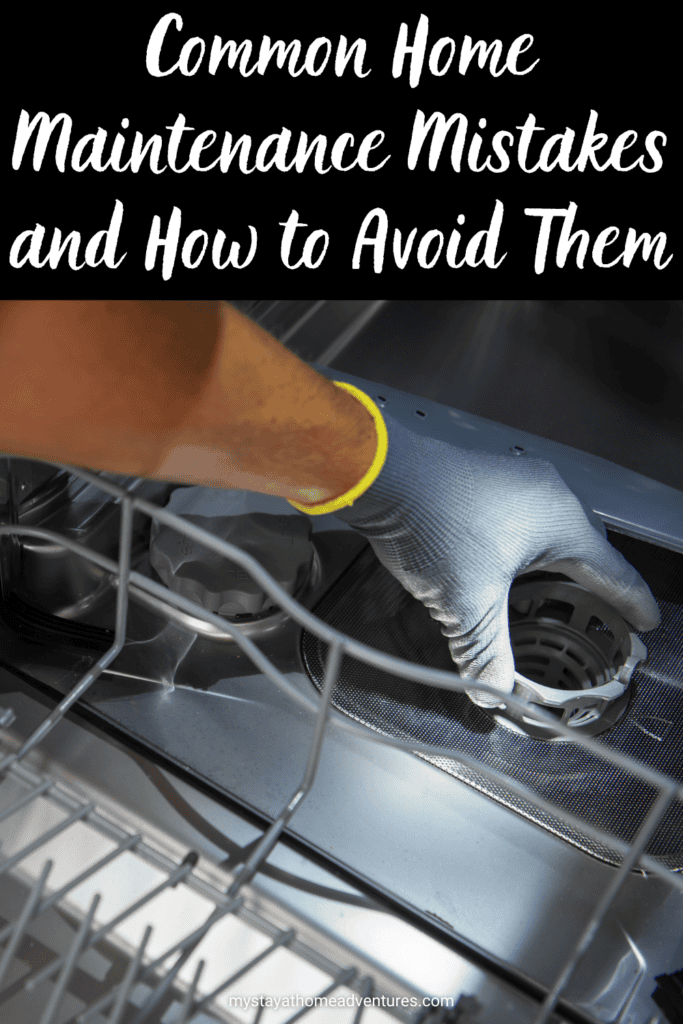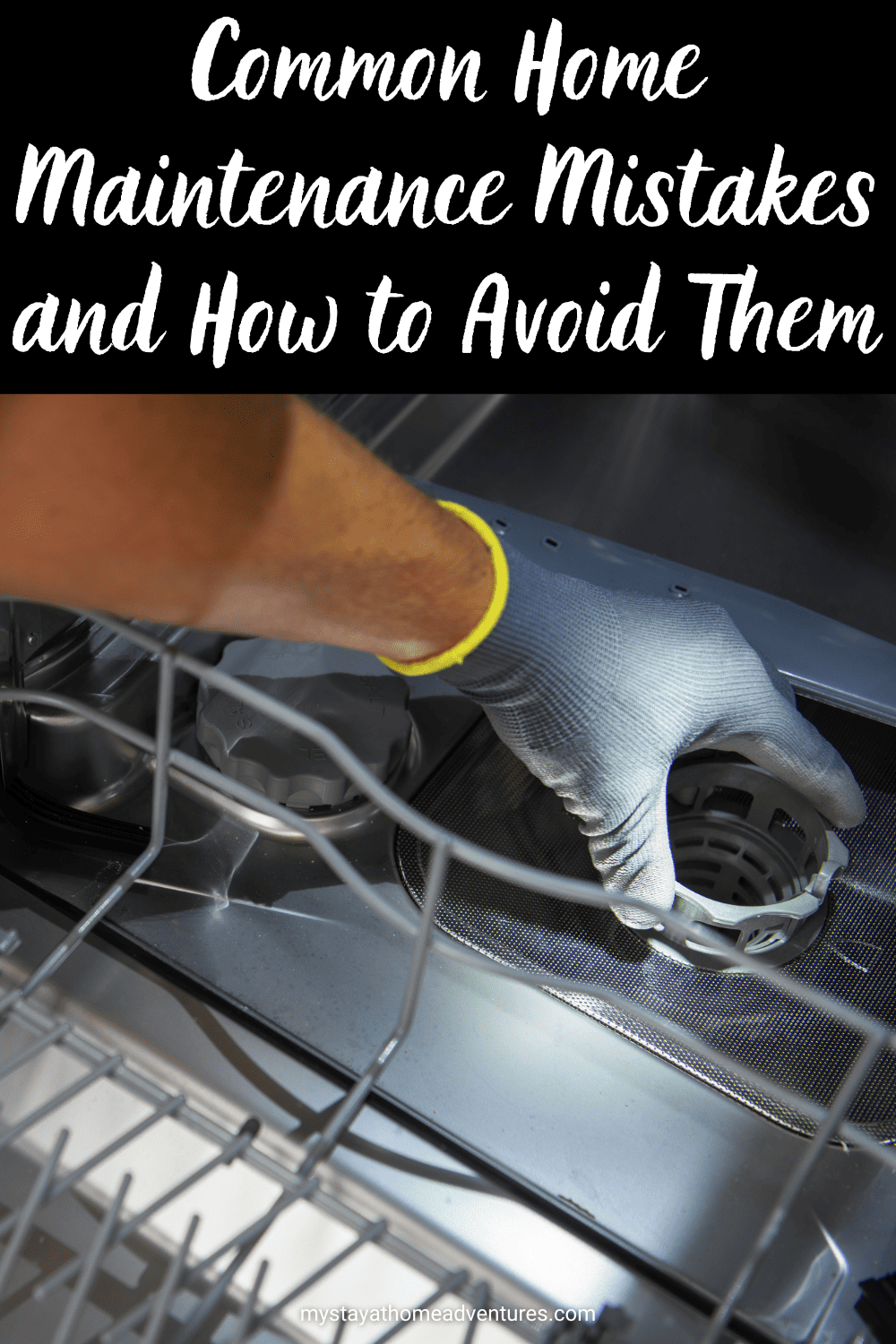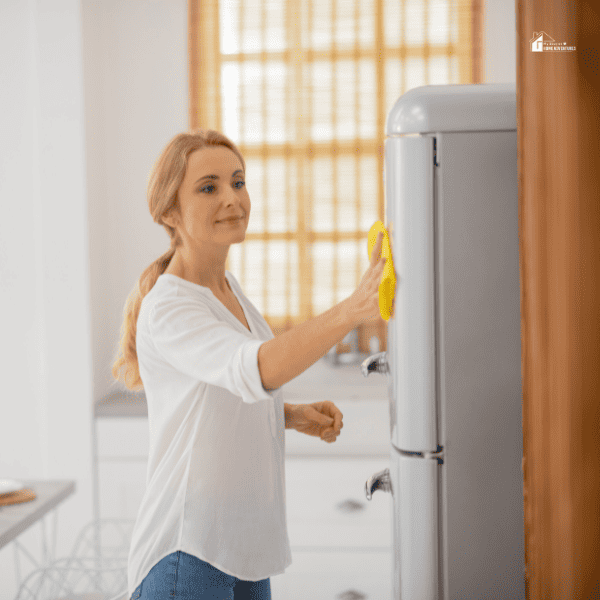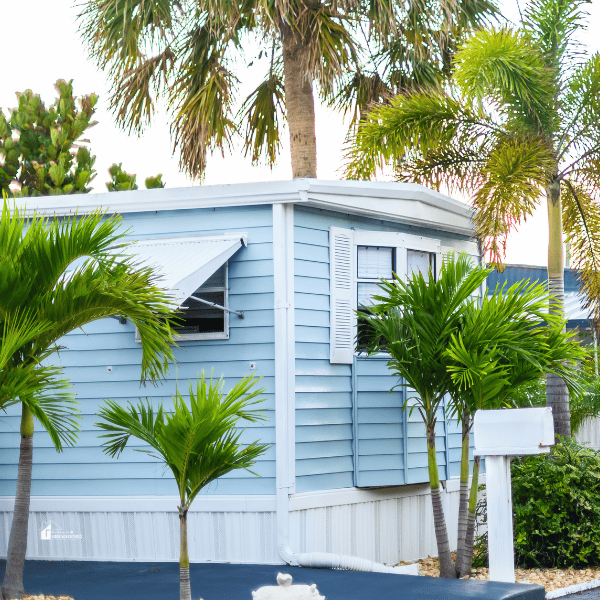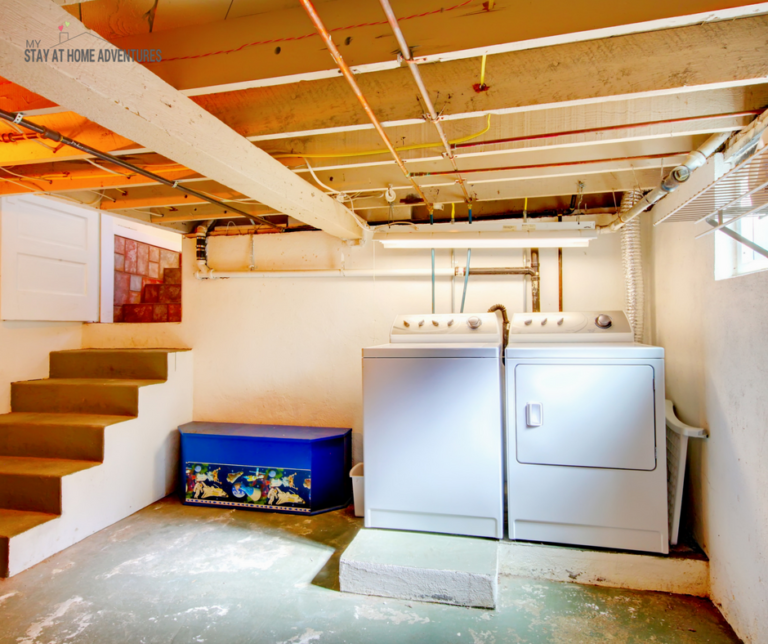Common Home Maintenance Mistakes and How to Avoid Them
This post may contain affiliate links which might earn us money. Please read my Disclosure and Privacy policies hereMaintaining a home can be daunting, but proper upkeep is crucial to preserve its value, ensure safety, and avoid costly repairs. A well-maintained home provides a comfortable living environment. It retains its market value, making it a valuable investment over time.
Unfortunately, many homeowners unknowingly make mistakes that can lead to long-term damage. These errors often stem from a lack of knowledge, time constraints, or underestimating the impact of minor issues. Addressing these challenges proactively can save you from unexpected expenses and ensure your home remains a haven for years.
This guide highlights seven common home maintenance errors and offers practical solutions to keep your home in excellent condition. Whether you're a seasoned homeowner or new to property management, understanding and implementing these strategies will empower you to take better care of your space while avoiding pitfalls many others encounter.
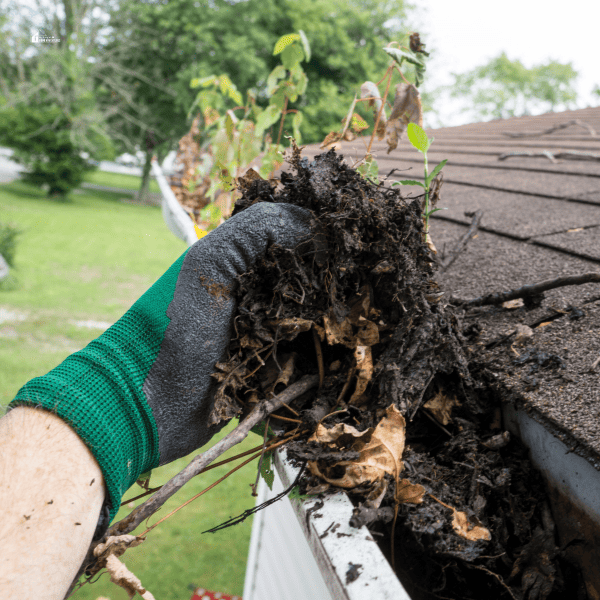
1. Neglecting Regular Inspections
Regular inspections are essential to catch minor problems before they escalate. Skipping routine checks on roofs, gutters, plumbing, and HVAC systems can lead to expensive repairs. Seasonal inspections are crucial to address weather-related wear and tear.
Solution:
- Inspect your roof twice yearly for missing or cracked shingles, and hire a professional for significant concerns.
- Clean and check gutters for clogs every spring and fall to avoid foundation damage.
- Schedule professional HVAC tune-ups annually and replace filters every 1-3 months for optimal performance.
- Use a home selling checklist— to stay on track with maintenance tasks.
2. Overwatering Plants
Overwatering your lawn and plants wastes water, harms root systems, and promotes disease. Excessive watering can also lead to nutrient leaching, where essential minerals are washed away from the soil, leaving your plants vulnerable to deficiencies. Additionally, standing water creates an inviting environment for pests like mosquitoes, further compounding the issue.
Lawns should be watered early in the morning to reduce evaporation, allow the grass to dry, and prevent fungal growth that thrives in damp conditions.
Solution:
- Adjust your sprinkler system to water grass to a depth of 2.5-3 inches weekly. This depth encourages profound root growth, which improves drought resistance and overall plant health.
- Use a timer to ensure consistent watering schedules and prevent overwatering, especially during rainy periods.
- Aerate and fertilize your lawn seasonally to improve soil health. Aeration allows better water and nutrient penetration, while fertilizing replenishes essential nutrients for robust growth.
- Consider planting drought-resistant grass varieties or incorporating native plants into your landscaping. These options typically require less water and maintenance, reducing the risk of overwatering and promoting a more sustainable yard.
3. Ignoring Clogged Gutters
Clogged gutters can cause problems such as roof leaks, pest infestations, and foundation erosion. When gutters are not properly maintained, water can overflow and pool around your home's foundation, leading to cracks, mold growth, and costly structural damage. Additionally, stagnant water in clogged gutters becomes a breeding ground for mosquitoes and other pests, posing health risks to your household.
This issue is frequently overlooked despite being one of the simplest and most cost-effective maintenance tasks. Cleaning gutters twice a year, typically in the spring and fall, is crucial for home longevity and safety.
Solution:
- Use gutter guards to minimize debris accumulation. These guards help prevent leaves, twigs, and other debris from clogging your gutters while allowing water to flow freely.
- Check downspouts regularly to ensure water is directed away from the foundation. Extend downspouts by several feet or use splash blocks to reduce the risk of water pooling near your home further.
- Hire a professional if climbing ladders is unsafe or inconvenient. Professionals have the tools and expertise to clean gutters thoroughly and may also inspect for damage that needs attention.
- Trim nearby trees to reduce the amount of debris falling into your gutters. Regular tree maintenance can significantly decrease the frequency of clogs.
- Schedule gutter inspections as part of your seasonal home maintenance routine to catch potential issues before they escalate.
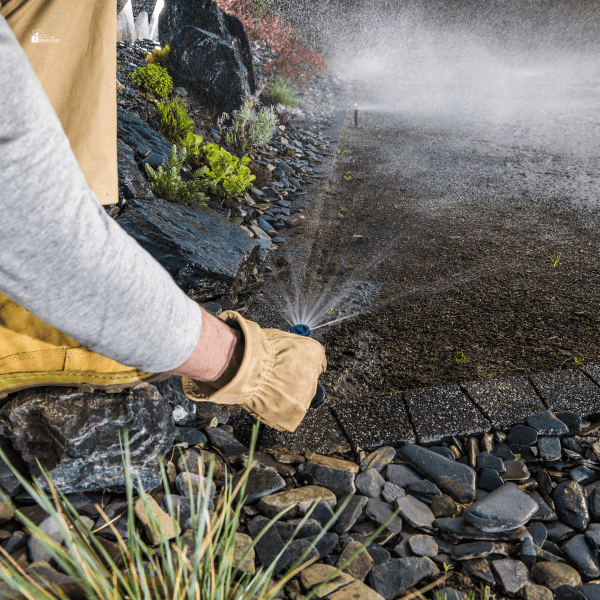
4. Using the Wrong Cleaning Products
Using harsh or inappropriate cleaning agents can damage surfaces, shorten the lifespan of appliances, and lead to costly replacements. Many homeowners unintentionally use products that are too abrasive or chemically incompatible with specific materials, resulting in discoloration, peeling, or even corrosion. For example, bleach can strip the natural finish of wood surfaces. In contrast, acidic cleaners on stone surfaces like granite can cause etching.
Proper cleaning practices are safer for your home and contribute to maintaining its aesthetic and functional value over time. Specific cleaning tools like microfiber cloths and non-acidic solutions are safer for delicate materials and prevent unnecessary wear.
Solution:
- Match cleaning products to surfaces. For instance, oil-based paints can be used in mold-prone areas like bathrooms and kitchens to provide added moisture resistance.
- Clean dishwasher filters, exhaust fans, and other appliances regularly to maintain their efficiency and avoid buildup that can lead to malfunctions.
- Avoid abrasive cleaners that scratch surfaces like granite, stainless steel, or glass. Instead, opt for non-abrasive products specifically designed for these materials.
- Use natural cleaning alternatives, such as baking soda, vinegar, or lemon juice, which are eco-friendly and safe for most surfaces.
- Always test new cleaning products on a small, inconspicuous area before applying them widely.
- Educate household members about proper cleaning techniques and the importance of using the right products for each task to ensure consistent care throughout your home.
5. Skipping Roof Inspections
Ignoring roof maintenance can lead to leaks, structural damage, and costly replacements. Many homeowners skip inspections, especially after storms, which can exacerbate minor damage.
Solution:
- Inspect your roof every spring and fall and after severe weather.
- Look for visible issues such as missing shingles or clogged valleys.
- Address minor problems immediately to avoid escalating repairs.
6. Overlooking Appliance Maintenance
Neglecting regular appliance maintenance can result in higher energy bills and frequent breakdowns. Servicing appliances like refrigerators and water heaters is essential to avoid costly repairs.
Solution:
- Flush your water heater yearly to remove sediment and extend its lifespan.
- Set your water heater temperature to 120°F for energy efficiency.
- Clean refrigerator coils and replace air filters in your AC unit regularly.
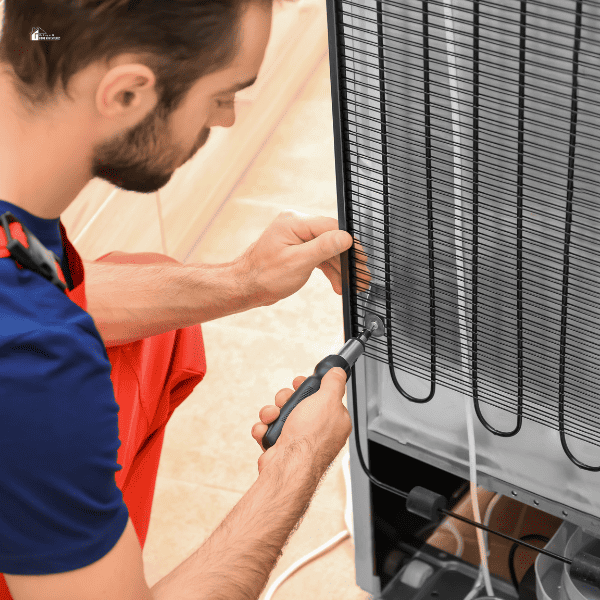
7. Ignoring Flex Spaces
Flex rooms are versatile areas that can adapt to various needs, such as a home office or gym. Failing to utilize these spaces effectively is a missed opportunity to enhance your home's functionality and value.
Solution:
- Transform your flex room based on current needs (e.g., create a reading nook or entertainment room).
- Use modular furniture for easy reconfiguration.
- Ensure the room is well-lit and ventilated to maximize comfort.
Conclusion
Avoiding these common home maintenance mistakes can save you time, money, and stress. By implementing a proactive approach, you can preserve your home's integrity and enhance its overall functionality and appeal. From regular inspections and appliance care to understanding the benefits of a flex room and its potential for versatility, each step contributes to the long-term health of your property. Proactive management ensures your home remains a safe and valuable asset, providing peace of mind for you and your family.
Consistent upkeep helps prevent minor issues from escalating into costly repairs, making your home a more comfortable and enjoyable living space. Moreover, a well-maintained property reflects pride in ownership, which can positively influence its perception among neighbors and potential buyers. Incorporating these maintenance tasks into a comprehensive home selling checklist for homeowners preparing to move can streamline the selling process and boost resale value.
Taking these steps ensures a smoother transition while maximizing the return on your investment. Remember, regular maintenance is not just about preserving what you have; it's about building a foundation for a brighter, stress-free future in your home.
